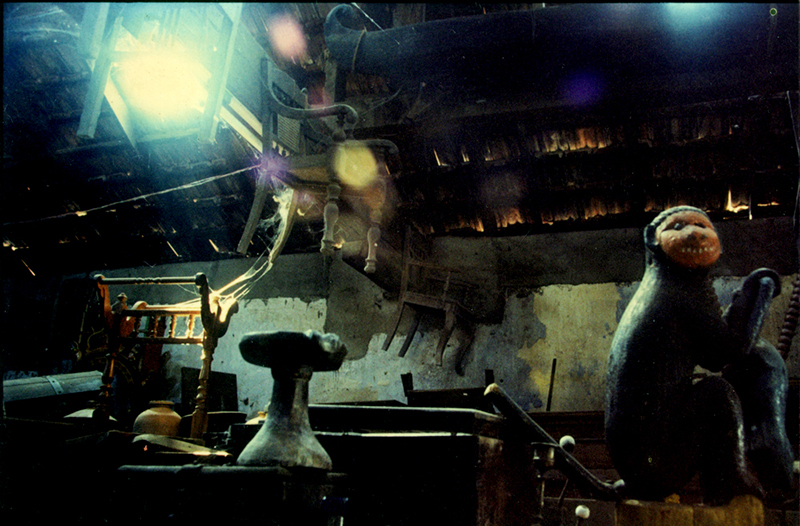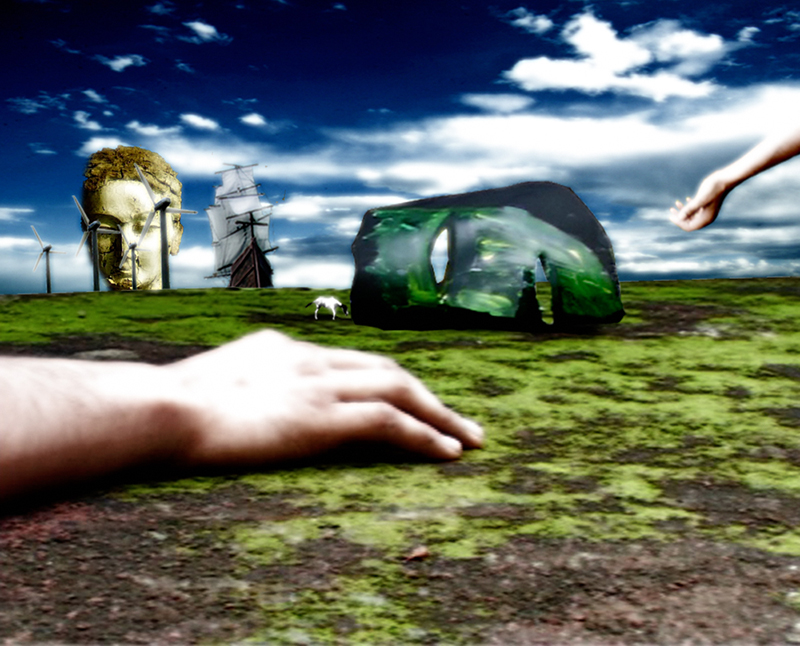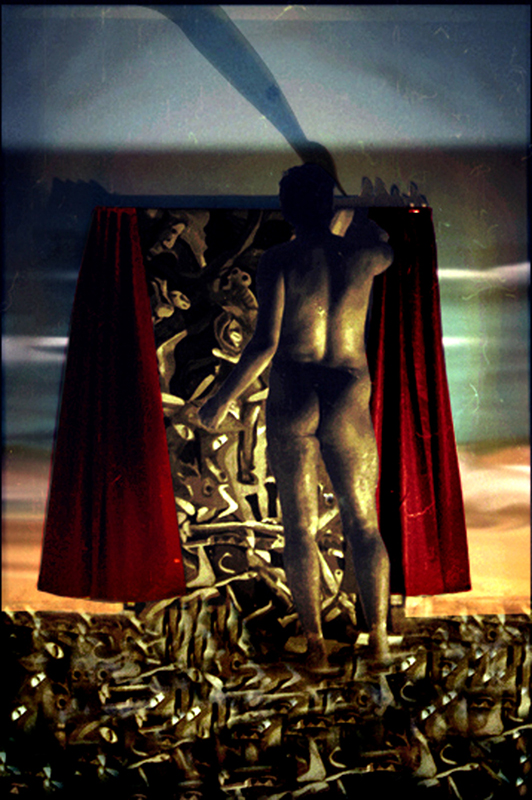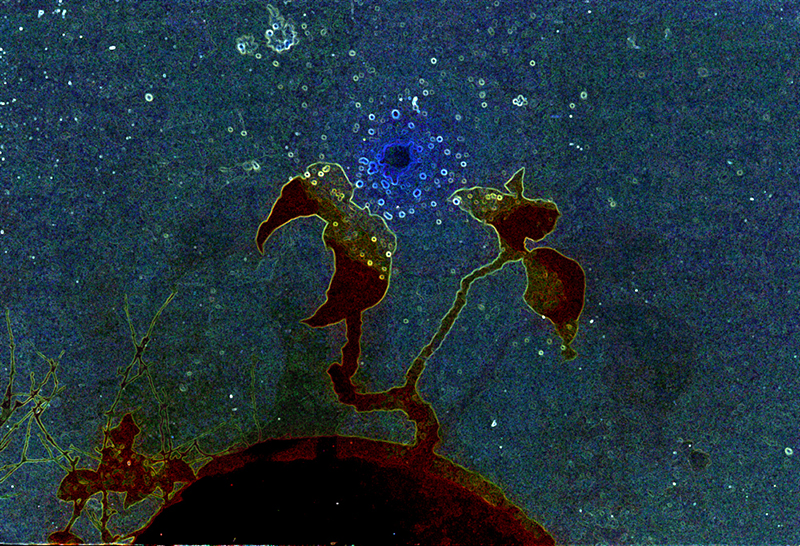Manas Bhattacharya





Grant Period: One year and six months
A graduate of the Satyajit Ray Film and Television Institute of India, Manas Bhattacharya’s main artistic concern has been to extend his skills as a painter, cinematographer and photographer to create a form that is a point of convergence for film and the visual arts. Emerging out of a need to showcase the body of images created through the earlier IFA-funded Digital Imaging project (2002), Manas planned to explore the form and structure of the video loop as a response to the changing visual environment of Kolkata. The Extending Arts Practice programme supported Manas to create a series of audio-video loops, animation sequences of digital paintings, still photographs, collages and site-specific live action video for playback on closed-circuit television monitors on the underground platforms of the metro railway in Kolkata.
“Digital images inherently lend themselves to multiple, even conflicting contexts of viewing and showing, and necessitate new ways of seeing to realise their full potential,” explains Manas. Hence, to bring such images into public spaces that are not designated places for showing and viewing art, the idea of the loop film as a scaled down, cost-effective, but equally powerful way of addressing new ‘visualities’ emerged. By installing these loop films in public spaces like the Kolkata Metro, the very properties of the spaces will mirror the principle of the loop, he explains. Since, as a form, a loop played on a close-circuit television of a metro station cannot be interfered with, intervened in, and/or interrupted by the viewer as in a film or a musical track, the loop also marks the collapse of the linear flow of classical cinema. Manas explains that, “as a cinematic form, the loop celebrates the ever shortening attention span of the contemporary viewer and self consciously posits a cinema that need not be consumed as a whole, that does not demand the singular undivided attention of the viewer… it is to be glanced at while passing by... a cinema for the passerby.”
Manas has structured the loops around two different and contrasting principles, the ‘Alienation Function’ and the ‘Mirror Function’. The ‘Alienation Function’ is made with the body of images that were created during the earlier IFA-funded project. These comprise short video-poems made up of animation sequences of digital paintings, still photographs, collages and some live action video. The ‘Mirror Function’, which is the second category of loops, works on the principle of the mirror. It is made using elements – images and sounds taken or captured from those very spaces where the loops or monitors are physically located, for example, loops on the Kolkata Metro played back in the Metro itself. The idea is to comment on and critique the nature of contemporary urban life by mirroring it via the loops. Other loops in this section take off from architectural properties of the metro stations like the platforms, subways, stairways, filmed as empty blocks bereft of people. Similarly, there are also loops dealing with automatism, for example, the ticket punching machines, escalators and sliding doors of the trains, which will be created with the aim of making the passerby look again at the spaces that they traverse everyday. Ultimately, all the loop films under this category aim “to understand and negotiate the changing cityscape and to come to terms with it”.
